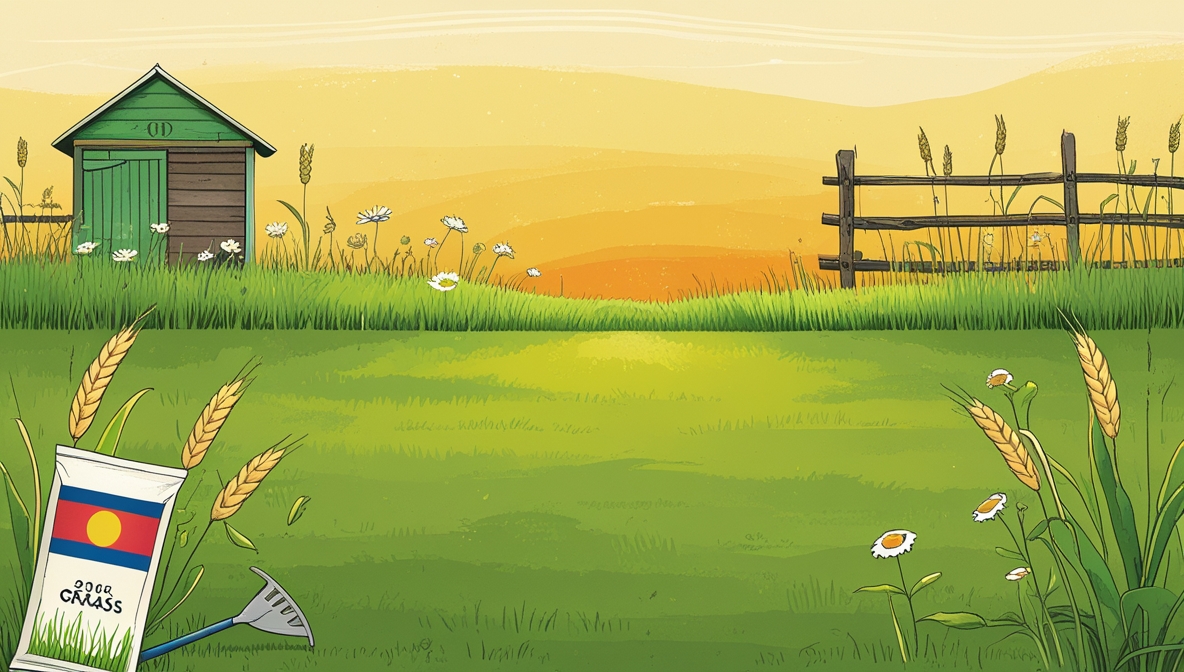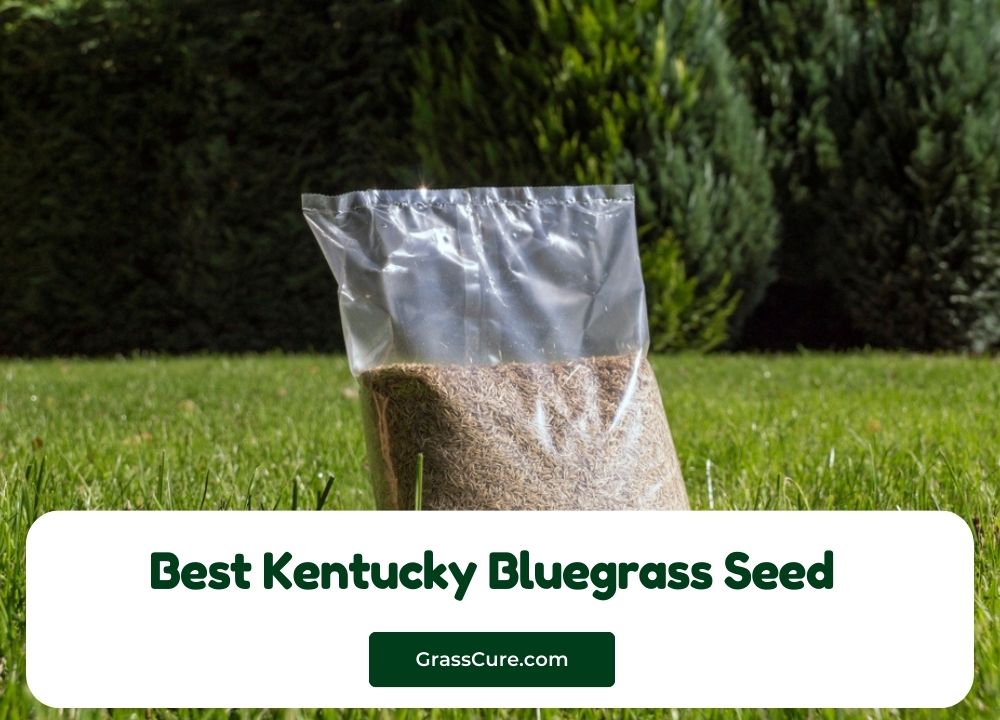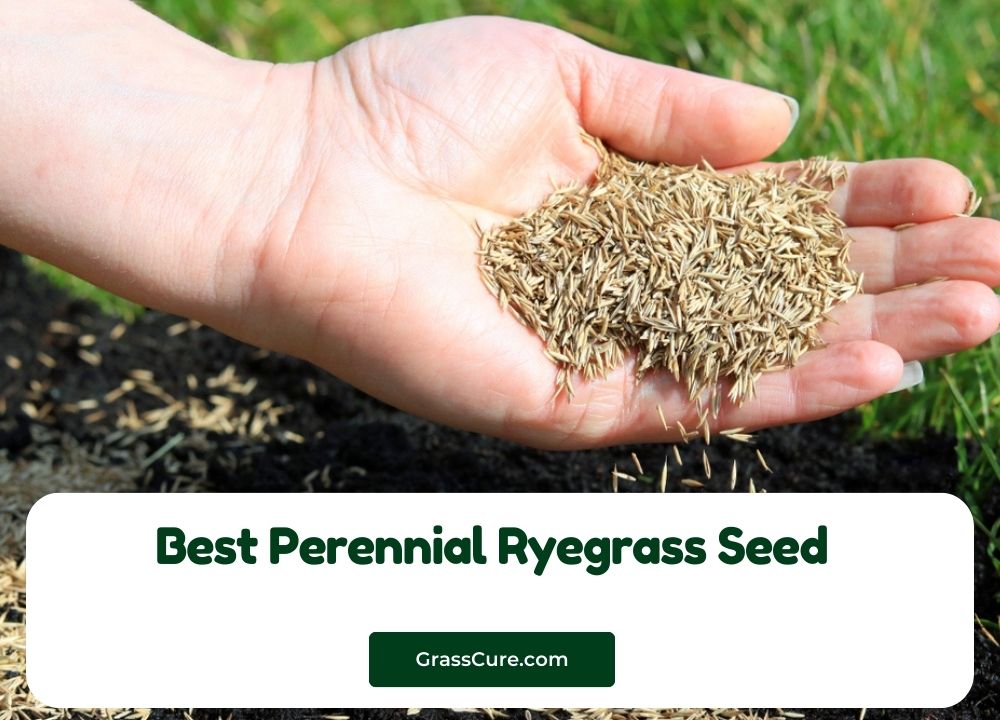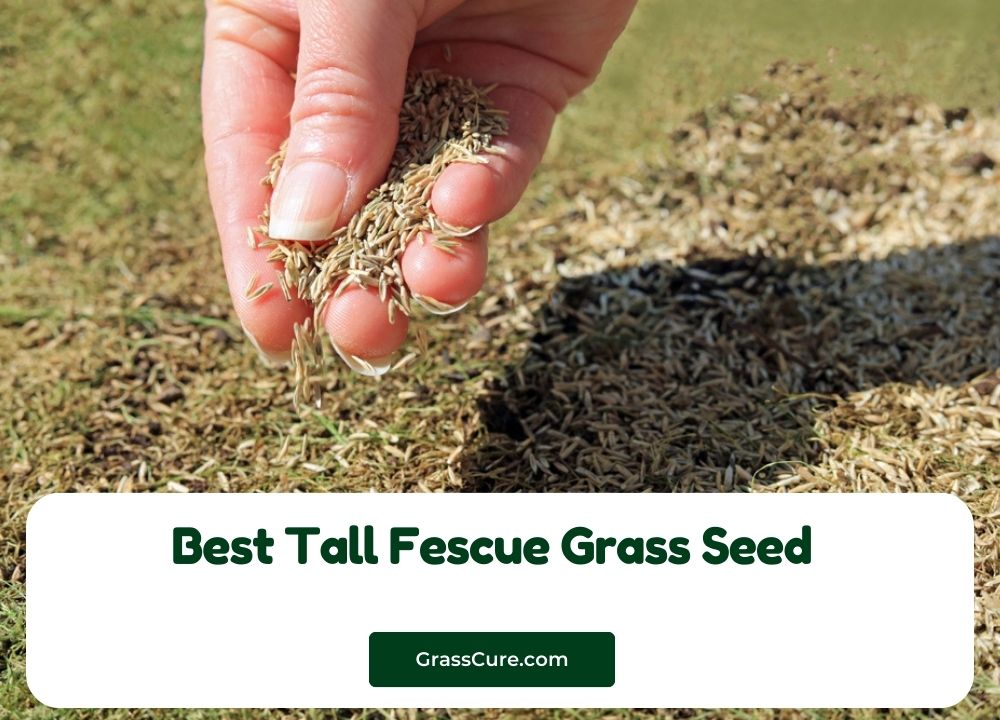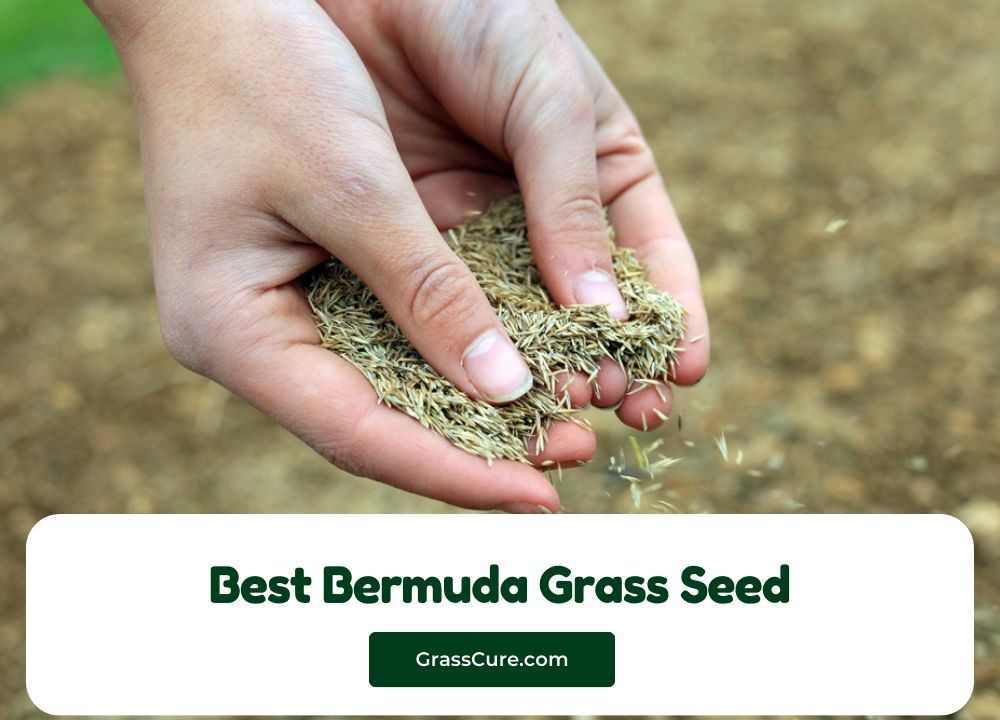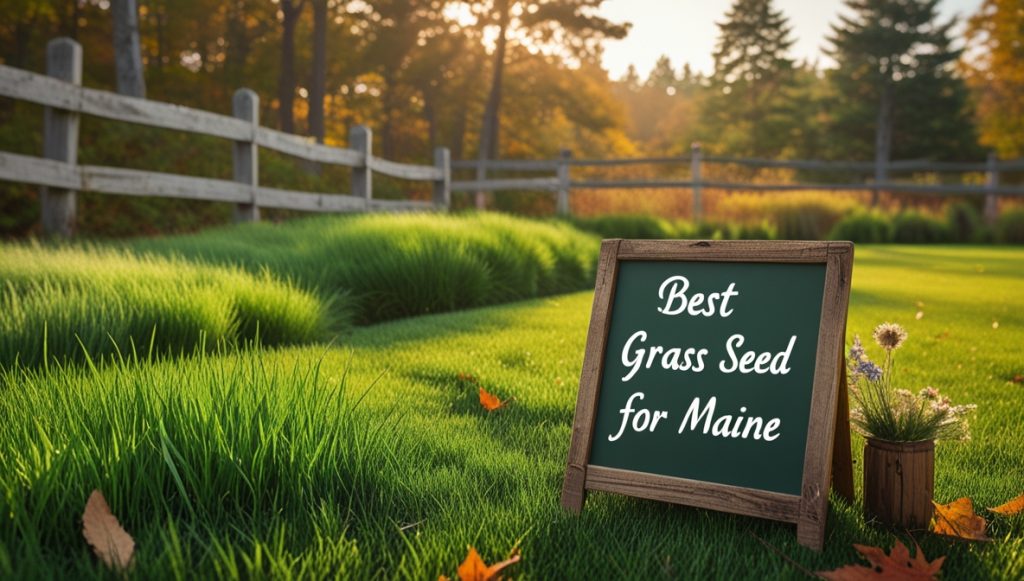Choosing the right grass seed is crucial for a lush, healthy lawn in Kansas. This guide helps you navigate the options available, considering the state’s diverse climate and soil conditions to achieve the lawn of your dreams. We’ll explore the best grass seeds for Kansas, providing tips for successful planting and ongoing maintenance.
Contents
- Choosing the Right Grass Seed for Kansas
- Understanding Kansas’ Diverse Climates
- Cool-Season vs. Warm-Season Grasses
- Top Performing Cool-Season Options
- Best Warm-Season Choices for Kansas
- Factors Affecting Grass Seed Success
- Preparing Your Soil for Planting
- Overseeding: A Kansas-Specific Approach
- Maintaining a Healthy Kansas Lawn
- Resources for Kansas Lawn Care
Choosing the Right Grass Seed for Kansas
Selecting the perfect grass seed depends heavily on your specific location within Kansas and your personal preferences. Consider factors like sun exposure, soil type, and your desired level of maintenance. Do you want a low-maintenance lawn, or are you prepared to invest more time in upkeep? Understanding these factors will significantly influence your choice.
Ultimately, the best grass seed for your Kansas lawn will provide a beautiful, durable, and relatively low-maintenance turf. This guide helps you identify the varieties best suited to the specific conditions in your yard, ensuring you achieve the lush green space you envision.
Understanding Kansas’ Diverse Climates
Kansas experiences significant climatic variation across its regions. The eastern part of the state receives more rainfall and has higher humidity, while the western portion is drier and experiences more extreme temperature fluctuations. These differences directly impact which grass types will thrive.
Therefore, understanding your specific microclimate is paramount. Factors like elevation, proximity to bodies of water, and prevailing winds all play a role. This knowledge will guide you toward selecting grass seeds that are well-adapted to your local conditions, maximizing their chances of success.
Cool-Season vs. Warm-Season Grasses
Cool-season grasses, like tall fescue and Kentucky bluegrass, flourish in spring and fall, going dormant during the hot summer months. Conversely, warm-season grasses, such as Zoysia and Bermuda grass, thrive during summer’s heat and go dormant in winter. Kansas’ climate favors a blend of both, depending on the region.
The choice between cool-season and warm-season grasses depends largely on your location within Kansas. Eastern Kansas, with its more moderate temperatures and higher rainfall, might support cool-season grasses better. Western Kansas, with its hotter, drier summers, might be better suited to warm-season varieties. A combination of both might even be ideal in some situations.
Top Performing Cool-Season Options
Tall fescue stands out as a top performer in many parts of Kansas due to its drought tolerance and ability to withstand heavy foot traffic. It’s a robust choice for active families. Fine fescue is another excellent option, particularly for shady areas, offering a refined look and good wear tolerance.
Kentucky bluegrass, while requiring more consistent moisture, provides a dense, lush lawn with a beautiful texture. However, it’s less drought-tolerant than fescue and can be susceptible to certain diseases. Consider your local conditions and maintenance capabilities when selecting between these excellent cool-season options.
Best Warm-Season Choices for Kansas
Zoysia grass is a popular choice for its heat tolerance, drought resistance, and relatively low maintenance needs. It’s a good option for areas with full sun exposure and well-drained soil. Bermuda grass, another strong contender, offers excellent wear tolerance and a vibrant green color.
However, Bermuda grass requires more frequent mowing and fertilization compared to Zoysia. Both are excellent warm-season choices for the appropriate Kansas locations, but careful consideration of your specific needs and climate is essential for successful establishment.
Factors Affecting Grass Seed Success
Soil composition plays a vital role; well-drained soil is essential for healthy root development. The soil’s pH level also matters; a slightly acidic to neutral pH is generally ideal for most grasses. Testing your soil before planting is highly recommended.
Furthermore, sunlight exposure greatly influences grass growth. Different grasses thrive under varying sun conditions. Some prefer full sun, while others tolerate shade. Choose seeds that match the sunlight conditions in your yard. Proper seeding depth and timely watering are also critical for successful germination and establishment.
Preparing Your Soil for Planting
Before sowing grass seed, prepare the soil diligently. This involves removing weeds, rocks, and debris. Aerate compacted soil to improve drainage and root penetration. A thorough soil test will reveal its pH and nutrient levels, guiding your fertilization strategy.
Next, till the soil to a depth of several inches to create a seedbed with a fine, consistent texture. This ensures good seed-to-soil contact, crucial for germination. Level the soil to provide an even surface for planting. Finally, amend the soil with compost or other organic matter to improve its structure and fertility.
Overseeding: A Kansas-Specific Approach
Overseeding, the process of sowing new seed into an existing lawn, is a valuable technique in Kansas, especially for cool-season grasses. It helps thicken the lawn, improving its density and resilience. The best time for overseeding is typically in the fall, when temperatures are cooler and rainfall is more frequent.
Overseeding is a great way to rejuvenate a thinning or damaged lawn. It’s particularly beneficial in areas with high traffic or those that have experienced disease or drought stress. Choose a grass seed blend appropriate for your existing lawn and the prevailing conditions. Proper preparation and technique are key to successful overseeding.
Maintaining a Healthy Kansas Lawn
Regular mowing at the correct height is crucial for maintaining a healthy lawn. Avoid scalping the grass, which can damage its roots. Proper fertilization, based on soil test results, provides essential nutrients for vigorous growth. Watering deeply but infrequently encourages deep root development.
Furthermore, pest and disease control is vital. Regularly inspect your lawn for signs of problems and address them promptly. Consider using organic methods whenever possible. Consistent maintenance is key to a healthy, vibrant lawn that thrives year after year.
Resources for Kansas Lawn Care
Your local county extension office is an invaluable resource, offering soil testing services and expert advice on lawn care practices specific to your region. Numerous online resources and gardening websites provide information on grass types, planting techniques, and pest control.
Additionally, local nurseries and garden centers are excellent sources of information and can provide recommendations for grass seeds and other lawn care products best suited for your Kansas location. Don’t hesitate to seek expert advice to ensure the success of your lawn care efforts.
With careful planning and the right approach, you can achieve a beautiful, healthy lawn in Kansas. Remember to choose the best grass seed for your specific location and climate, prepare your soil adequately, and maintain your lawn consistently. By following these guidelines, you’ll enjoy a lush green space for years to come.
